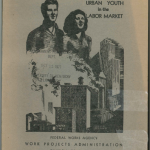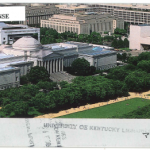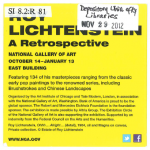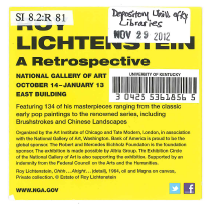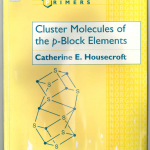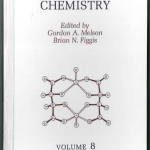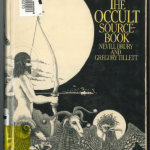Getting started : urban youth in the labor market / by Albert Westefeld, under the supervision of John N. Webb … (OCLC #1876457)
Did you know that a barcode scanner is just a glorified keyboard? It doesn’t care if you’re inputting the data into an ILS client, OCLC Connexion, a web page, a spreadsheet, or a text file. Wherever your cursor is, that’s where it will type the barcode.
We are currently planning to move a large-ish collection (that is not identifiable just by its cataloging data), and need to change the items’ locations in the catalog. Rather than editing each record individually, the plan is to scan each barcode into a spreadsheet as we move the items to a cart, and then modify the catalog appropriately based on the spreadsheet.
(We could probably make the changes about as quickly by scanning the items directly into Voyager’s Pick & Scan, but our laptop with Cataloging client is out for repair.)
